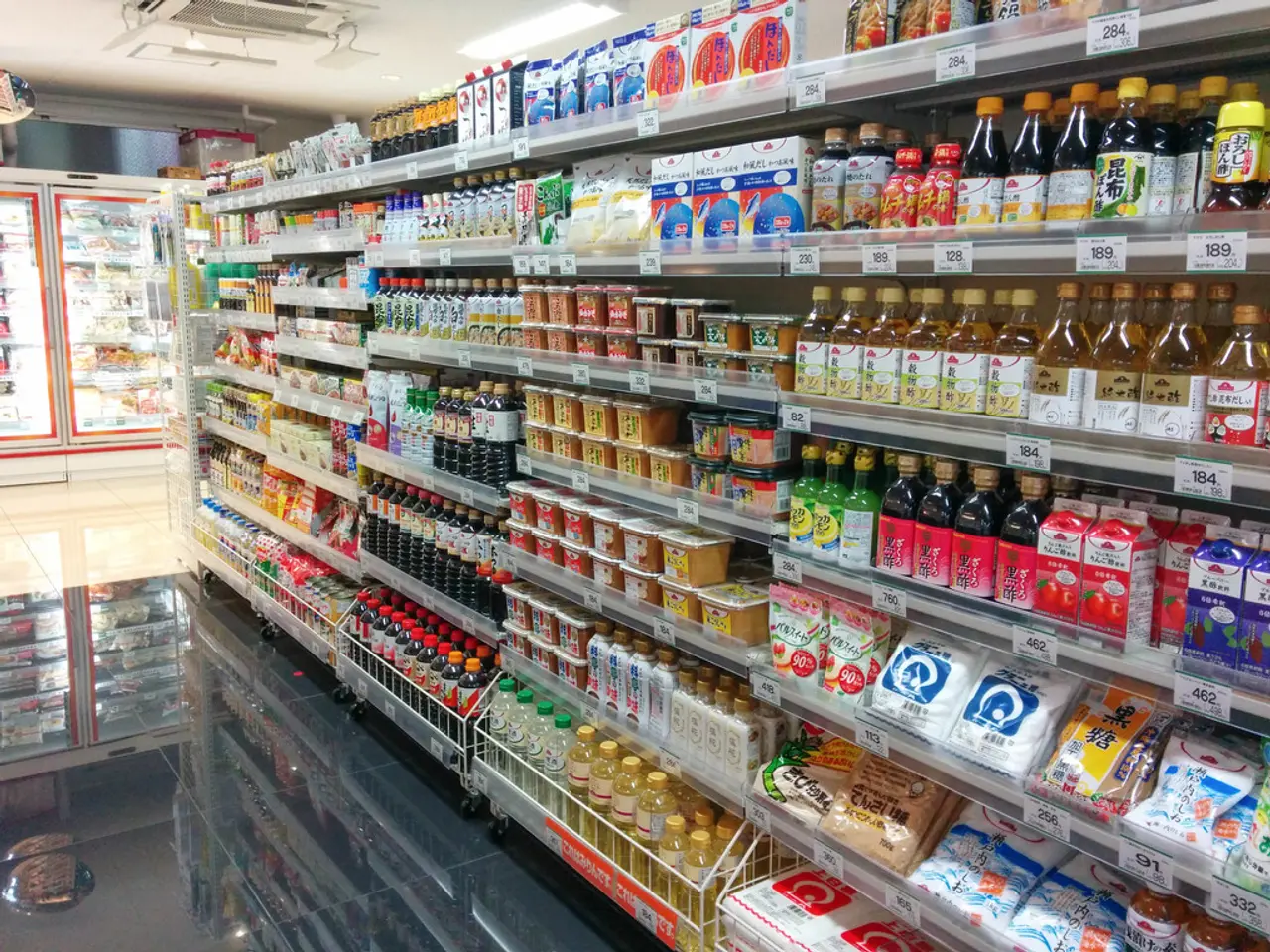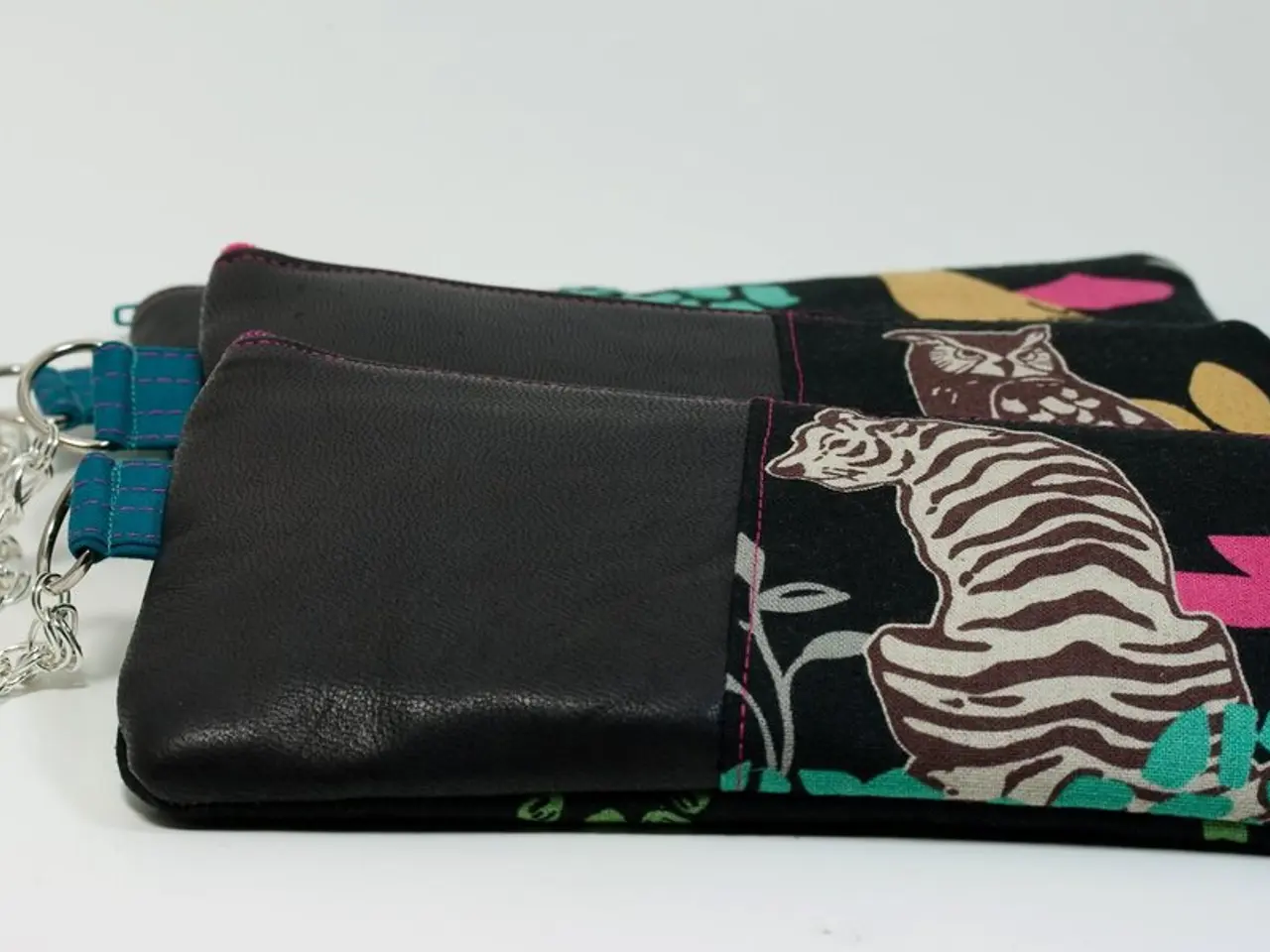Struggles persist for the middle class amidst the ongoing pandemic
The ongoing pandemic has highlighted the widening wealth gap in the United States, creating a two-tier consumer market that significantly influences consumer spending patterns and retail sector dynamics.
According to a survey by Pew, job instability remains high, with 36% of lower-income adults and 28% of middle-income adults reporting losing a job or taking a pay cut, compared to 22% of upper-income adults. This economic insecurity leaves less psychological and financial space, affecting the shopping experience and spending habits.
Retailers, as both employers and businesses that cater to consumers, face challenges due to price-conscious shoppers and ever-changing tariffs. The retail market has bifurcated, with luxury brands and premium services focusing on the wealthier segment, while discount and value-driven retailers benefit from lower-income consumers adopting trade-down strategies.
This split creates asymmetric growth opportunities and risks. While luxury sector companies see strong demand, overall retail growth may be fragile if the wealthy reduce spending. The dominance of affluent consumers also poses systemic risk; any economic shock affecting their wealth or confidence can sharply reduce their spending, potentially destabilizing broader economic growth and affecting retailers relying on wealthy shoppers.
The top 10% of Americans hold around 67.3% of total wealth and account for approximately 50% of all consumer spending, while the bottom 50% control only 2.4% of wealth. Only the top 20% of U.S. households have fully recovered from the Great Recession, and disposable personal income fell $218 billion or 1.2% in November 2020.
Jonathan Walker, executive director of The Center for the New Middle Class, states that 50% of people who are doing okay financially are still living on the edge, being one unexpected expense away from being broke. He suggests that retailers would do well to have a "chief customer officer", tasked with understanding the pressures on customers. Retailers may not fully appreciate the financial situation of their customers, which has implications for merchandising, marketing, and other aspects of the business.
The pandemic has exacerbated these issues, with job instability and reduced income leading to less spending. In November 2020, personal consumption expenditures fell $63.3 billion or 0.4%. Retailers like Costco, known for higher-than-average wages and benefits in the industry, treat not just shareholders but also employees, customers, and communities as stakeholders in their enterprises.
In conclusion, the wealth gap in the U.S. shapes consumer spending by concentrating purchasing power within a small, affluent group. This polarized market amplifies economic volatility risks tied to this segment’s financial health. As the retail sector adapts to these challenges, understanding and addressing the financial pressures faced by customers will be crucial for retailers seeking to thrive in this new economic landscape.
- The ongoing pandemic and related economic insecurity have led many to reconsider their personal-finance strategies, triggering a surge in interest for financial education and advice.
- The widening wealth gap in the United States has attracted the attention of policymakers, with some advocating for more equitable tax and financial policies to bridge the divide.
- The health crisis has accelerated the adoption of AI in various sectors, including finance and healthcare, as companies seek to streamline operations, reduce costs, and improve efficiency.
- Amidst the ongoing pandemic, business leaders are increasingly leveraging AI and big data to make informed decisions on whether to invest in housing and retail projects or prioritize research and development in emerging fields like renewable energy and space exploration.
- The escalating polarization in consumer spending patterns calls for innovative thinking in the realm of marketing and merchandising, as retailers aim to cater to diverse customer segments – from the affluent consumers looking for luxury goods to price-conscious shoppers seeking affordable options.
- In the wake of the pandemic, general-news networks have dedicated special segments to news and analysis on the economic impact of the crisis, tracing its ripple effects on industries like finance, trade, education, and housing markets.
- As researchers investigate the root causes of the increasing wealth gap, they increasingly highlight the role played by systemic factors like income inequality, education access, and discrimination.
- In a bid to adapt to the changing economic landscape, retailers are exploring new models such as subscription services, which offer customers access to a variety of products at predictable and affordable costs.
- The split in the retail market during the pandemic has sparked a debate on the role of corporate social responsibility, with stakeholders urging businesses to prioritize the well-being of their employees, customers, and communities alongside profits.
- As the pandemic persists, TV networks are taking a closer look at the psychological and financial toll it has taken on the American public, sharing stories of the struggles faced by individuals from various walks of life in this challenging time.




